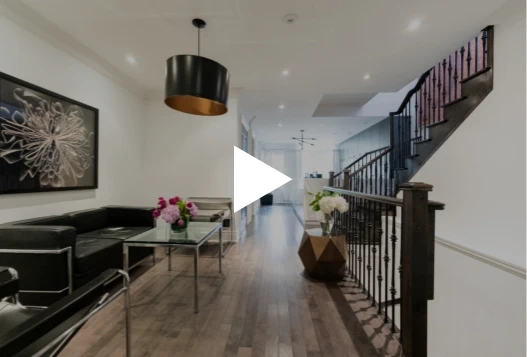By Jerome Edelstein, MD
Most of us believe that their aesthetic treatment should targets specific facial features, however, the best results can only be achieved when a more holistic approach is taken.TREATING THE ENTIRE FACEMany people who are unhappy with their appearance believe that altering their nose will provide the kind of improvement they desire. A study conducted by the University of Verona, Italy, and published in JAMA Facial Plastic Surgery has found that this approach may not have the desired effect. Instead, the study found that the best results are achieved when a patient’s nose and chin are treated together.
The researchers looked at the ratios responsible for creating what is called an “aesthetically proportionate” face. What they found is that the most aesthetically pleasing faces were based on the proportions of the chin, nose, and neck. The study concluded that any patient with a small chin would achieve the best results through a combination of both a nose job (rhinoplasty) and chin augmentation (genioplasty) surgery. Aside from the aesthetic benefits, undergoing both procedures simultaneously also minimized both recovery time and cost.ACHIEVING BEAUTIFUL PROPORTIONSDr. Fialkov understands that, as the above study proves, patients receive the best results when the face is treated as a whole. Altering a large nose, small chin, or flat cheeks isn’t nearly as effective as improving the balance of the entire face. Patients benefit most when a number of small, subtle adjustments are made to the entire face instead of a large procedure that looks to alter a single feature. Rather than receive a drastic nose reduction, for instance, a person would have a better, more natural looking outcome when a more balanced approach is taken.
Dr. Fialkov achieves exceptional aesthetic improvements by carefully analyzing each patient’s facial structure. The most important areas to consider are the chin and the nose, features that can be classified as either overly projected, under projected, or in proper balance already. The size of a small chin can make a nose look larger and vice versa. Dr. Fialkov assesses the relationship between the facial features on a case by case basis before creating a treatment plan.
